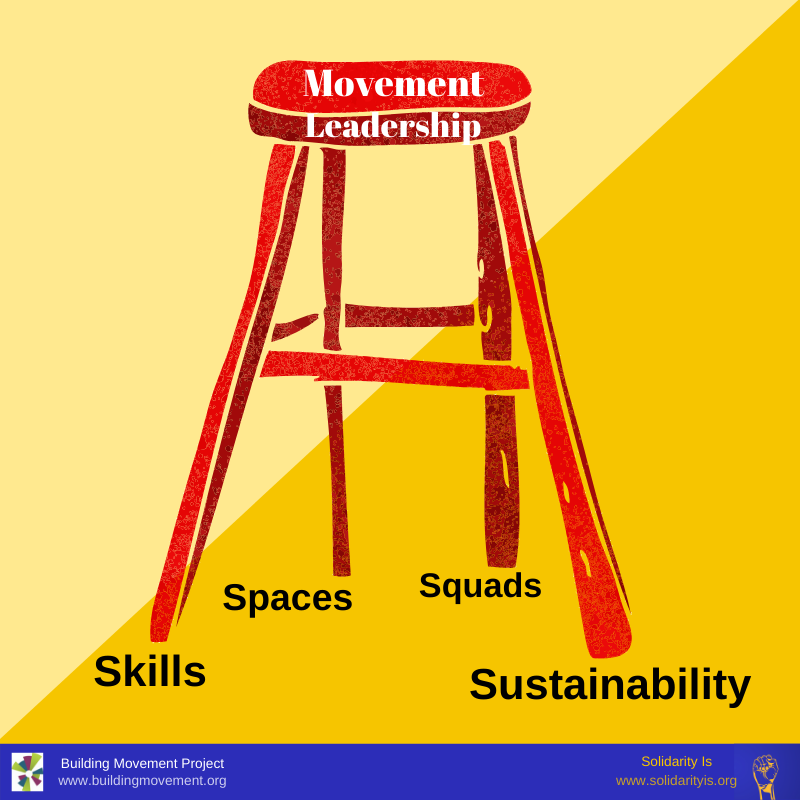
Movement Leadership Stool
The stool of movement leadership is a starting point to support the people driving the movements we need in today’s world. Sustainability is one leg that holds up effective movement leadership as a whole. Movement leaders thrive when they are part of collective spaces where they can build trust, deepen political analysis, ideate, and take risks. And because movement leaders function well beyond their organizations in a broader ecosystem, they need squads – people within and outside their organization playing diverse roles – to support them. Finally, movement leaders can be more effective when they can hone skills such as base building, conflict resolution, and narrative development.
Which leg does your organization and movement need to strengthen? If you are a funder, how do you already support movement leaders and what more could you do, particularly around centering sustainability? If you are working at a social change non-profit organization, how can you generate practices to create a culture of well-being? And, are there more legs that the stool needs?
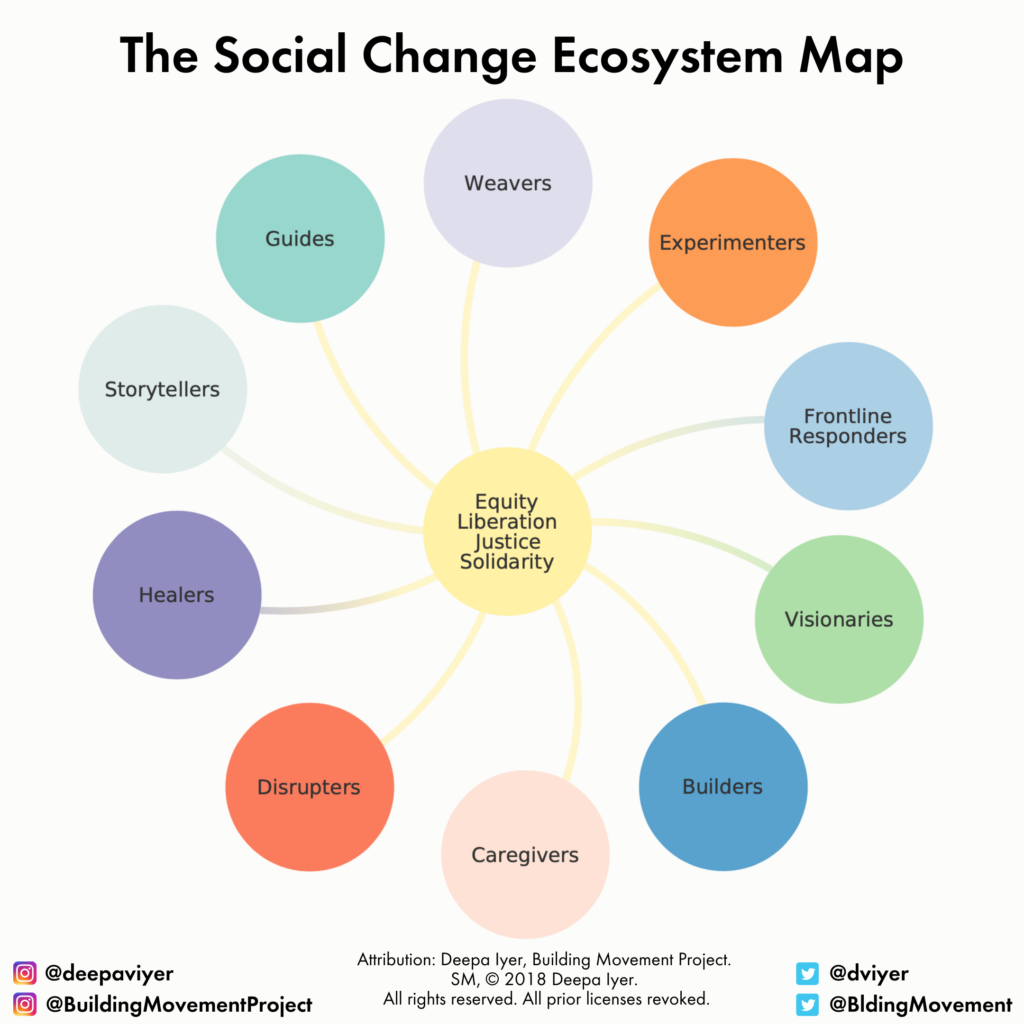
Reflection Guide for the Social Change Ecosystem Map
In our lives and as part of movements and organizations, many of us play different roles in pursuit of equity, shared liberation, inclusion, and justice. This reflection guide (to be used with the The Social Change Ecosystem Map) is a starting point to reflect on the roles we play in our social change ecosystem – whether that is a project team, an organization, a network, a neighborhood, an online community, a campus group or a movement. Together, the map and reflection guide can be used at an individual level to reflect, assess, and plan, as well as at staff and board retreats, team-building meetings, orientations, and strategy sessions. Often, this exercise works well if it is used at the start of a gathering or workshop. It can especially be helpful to re-align ourselves when we feel lost, confused, and uncertain in order to bring our fullest selves to the causes and movements that matter to us.
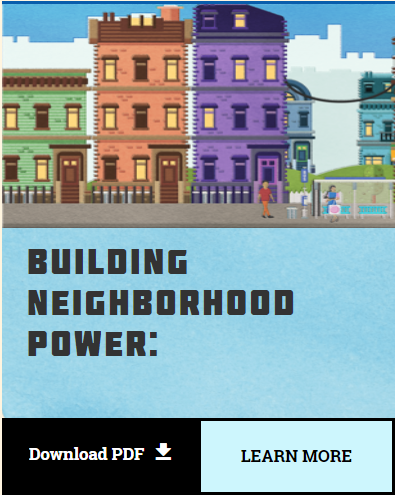
Tools to Engage Webinar Series Part 8: #OurNeighborhoods Anti-Displacement Toolkit
This is the eighth webinar in the Tools 2 Engage series and features Quinn Rhi of National CAPACD and Manisha Lance and Karimah Dillard of Raksha, Inc. Quinn presented the new #OurNeighborhoods Anti-Displacement toolkit, developed by National CAPACD to address gentrification and displacement, and walked us through the toolkit website. Then, Karimah and Manisha introduced us to Raksha, Inc., a Georgia-based nonprofit organization servicing the South Asian community. They discussed the intersections of housing, safety, affordability, and accessibility, and how these issues often result in gentrification and displacement. Raksha, Inc., though not defined by a framework of tenant or neighborhood organizing, is still an organization that makes use of the #OurNeighbhorhoods toolkit as a way to educate communities. At the end of the webinar, the guest speakers discussed the challenges they anticipate on the road ahead, particularly in regard to building leadership in their client populations and finding ways to engage folks who have limited time and capacity.
In case you missed the webinar, we’ve made it easy to watch a recording and download the slides.
Additional resources, organizations, and tools related to the webinar include:
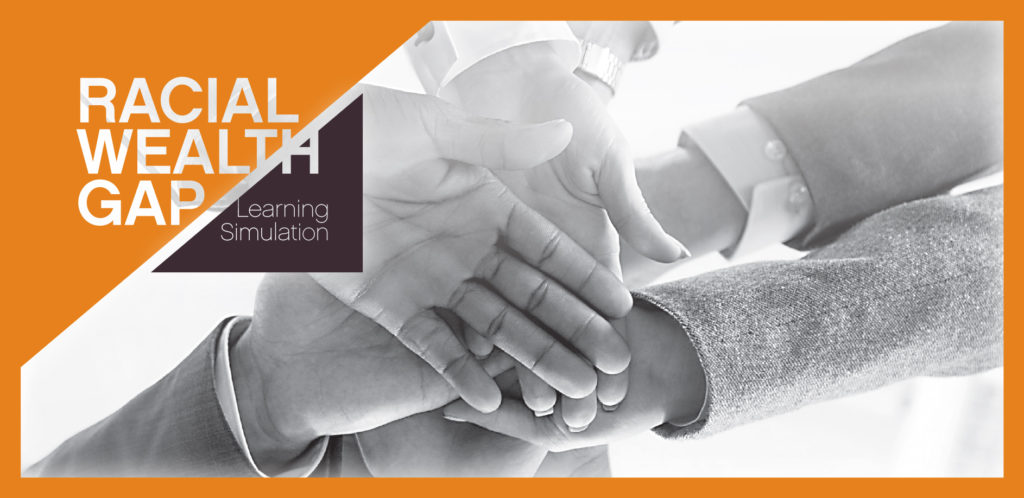
Tools to Engage Webinar Series Part 4: Racial Wealth Learning Simulation
The Building Movement Project (BMP) recently hosted a webinar designed to help listeners gain a deeper understanding of the root causes of hunger and the connections between racial equity, hunger, poverty, and wealth.
In an interview with simulation designer Marlysa D. Gamblin, Domestic Advisor for Policy and Programs, Specific Populations at Bread for the World we learned about Bread’s new Racial Wealth Gap Learning Simulation—an interactive tool that helps people talk about race and learn about the importance of racial equity. Simulation user Marla Karina Larrave, Associate Director for Grassroots Advocacy at National Sustainable Agriculture Coalition, then shared her organization’s experience of applying the tool and the external and internal impacts of the application, as well as challenges and lessons learned along the way.
In case you missed the webinar, we’ve made it easy to watch a recording and download a PDF of the slides.
Below, please find the resources mentioned on the webinar:
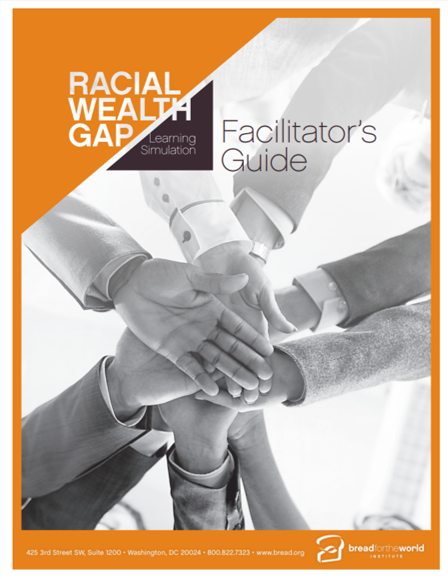
Racial Wealth Gap Learning Simulation
The simulation an interactive tool that helps people understand the connections among racial equity, hunger, poverty, and wealth. It is a good first step for people unaware of structural inequality, a support tool for those who want a deeper understanding of structural inequality, and a source of information for experts who want to know the quantifiable economic impact of each policy that has widened today’s racial hunger, income, and wealth divides.
In the simulation, participants learn how federal policies created structural inequalities—property ownership and education are just two among many areas affected—and how these policies increase hunger and poverty in communities of color. The simulation guides participants to an understanding of why racial equity is so important to ending hunger and poverty in the United States. Our hope is that participants, in becoming more aware of structural inequality, can support policies that undo and/or reduce disparities.
Since the simulation emphasizes the importance of racial equity, it can be a helpful companion tool for churches, organizations, agencies, schools, and communities that have begun working on race and want to learn more about the role that public policy has had, over time, in creating structural divides based on race.

SALTA Leadership Training
SALTA (Salud Ambiental Lideres Tomando Accion – Environmental Health, Leaders Taking Action) is a web-based, interactive leadership development curriculum that provides community leaders with skill-building training in community organizing, policy advocacy, building power, community health, environmental justice and effective communication.
SALTA is a key component to ensuring that EHC achieves our core mission. More than education, SALTA is integrated with EHC’s organizing and advocacy efforts to achieve environmental and social justice.
SALTA programs represent the organic educational efforts of the different campaigns, teams, leaders, and staff that make up EHC and were designed specifically for our leaders based on our local efforts. We began SALTA trainings in 1996, and now more than 2,000 individuals have been trained.
Developed and field tested by EHC staff and leaders during the past 15 years, SALTA uses a popular education approach that makes the training inclusive and accessible to all participants. Trainings are based on the knowledge, skills and real-world experiences of EHC staff, leaders and training participants.
Popular education, which has varying interpretations, is best defined by the practice where participants share their own understanding and feelings about a specific topic or issue and that understanding and feelings are considered valid. The idea of popular education (often described as “education for critical consciousness”) as a teaching methodology came from a Brazilian educator and writer named Paulo Freire, who was writing in the context of literacy education for poor and politically disempowered people in his country. It’s different from formal education (in schools, for example) and informal education (learning by living) in that it is a process which aims to empower people who feel marginalized socially and politically to take control of their own learning and to effect social change.
The SALTA sessions improve participants’ sense of belonging to a community as participants and stakeholders of their societies. They begin to see themselves as empowered members who can make change.
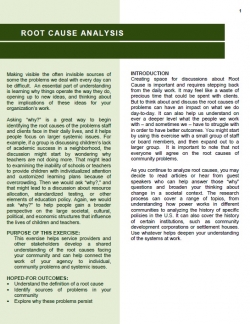
Root Cause Analysis
This exercise helps service providers and other stakeholders develop a shared understanding of the root causes facing your community. It can also help connect the work of your agency to individual and community problems, in addition to systemic issues.
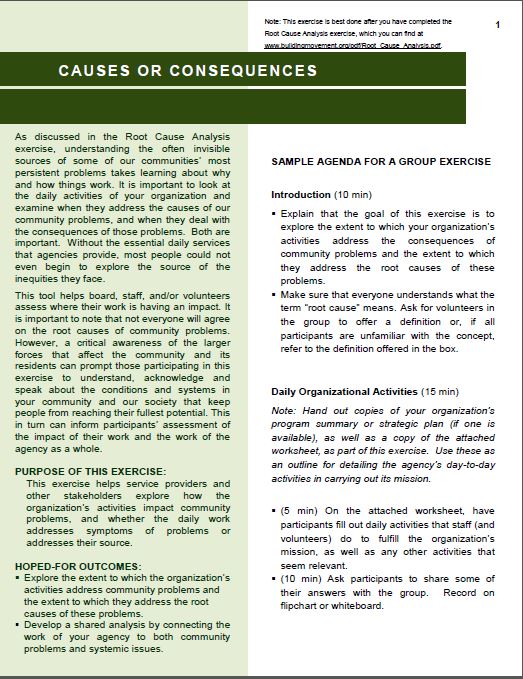
Causes or Consequences
These two activities are used to conduct a root cause analysis and to explore the causes and consequences of issues that staff and constituents deal with on a daily basis. The root cause analysis includes a handout for the discussion about why conditions exist. The causes and consequences handout helps organizations explore the focus of the impact of their work. Are they addressing the (root) causes of conditions or the consequences, which doesnt lead to changing conditions and often creates the revolving door of service provision.
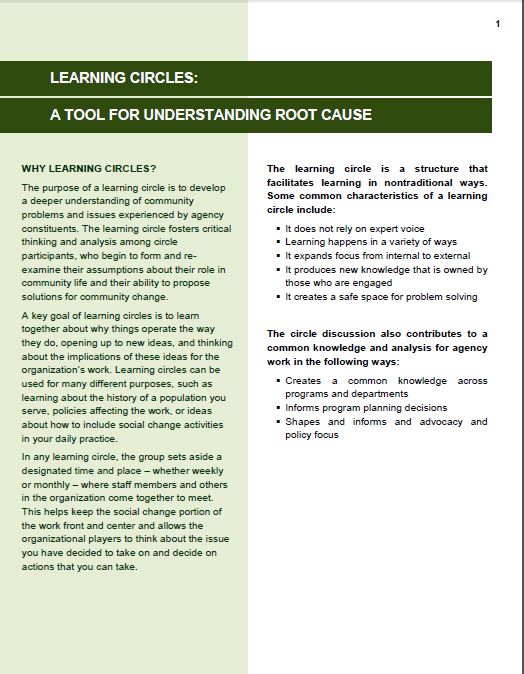
Learning Circles for Root Cause Analysis
This handout from BMP offers information and a process to engage staff and constituent partners in learning circles focused on root cause analysis. It describes how to organize the leaning circle, set it up for success and provides tips for the facilitator.
The purpose of a learning circle is to develop a deeper understanding of community problems and issues experienced by agency constituents. The learning circle fosters critical thinking and analysis among circle participants, who begin to form and re-examine their assumptions about their role in community life and their ability to propose solutions for community change.
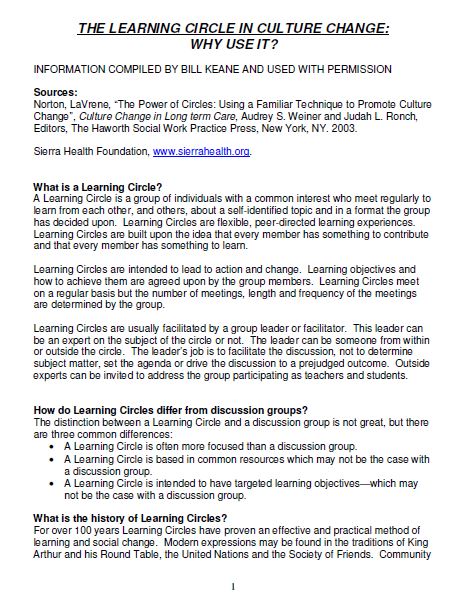
Learning Circles in Culture Change: Why Use It?
This paper gives clear, basic information about the purpose of learning circles. It includes tips for the facilitator, logistics and suggested ground rules. It also offers questions (on the topic) for learning at different developmental stages of the group. Questions can be customized for other groups and topics.
